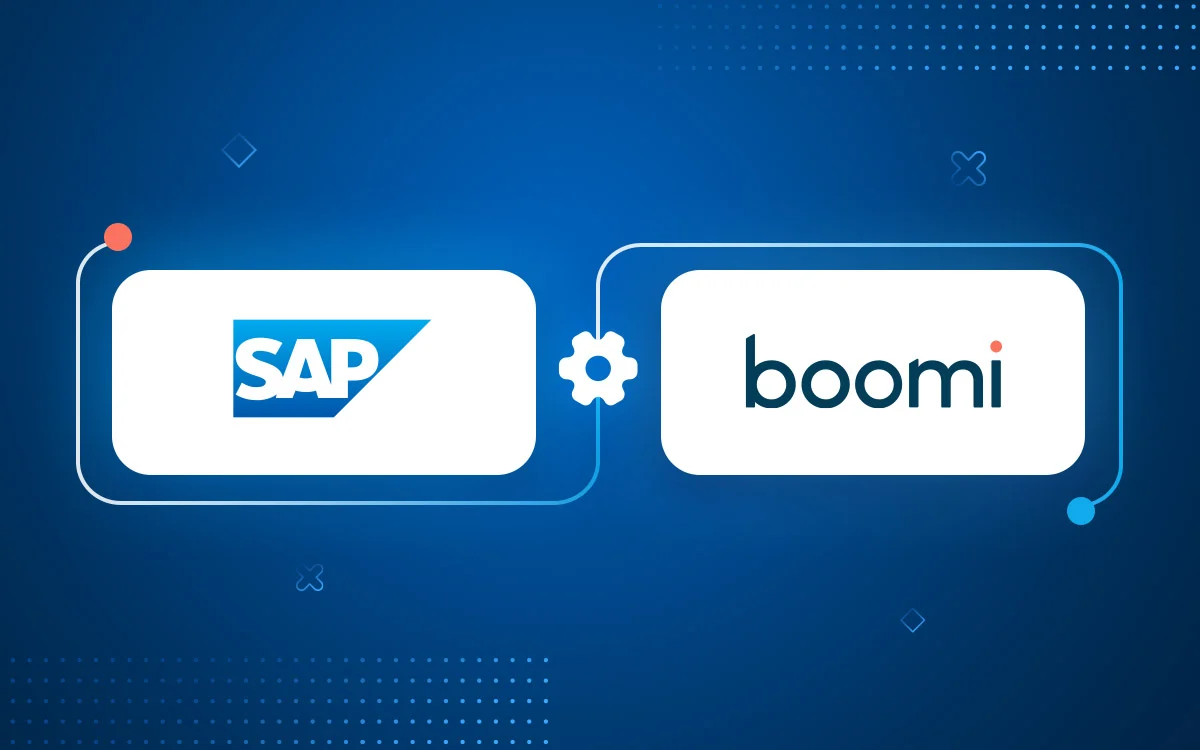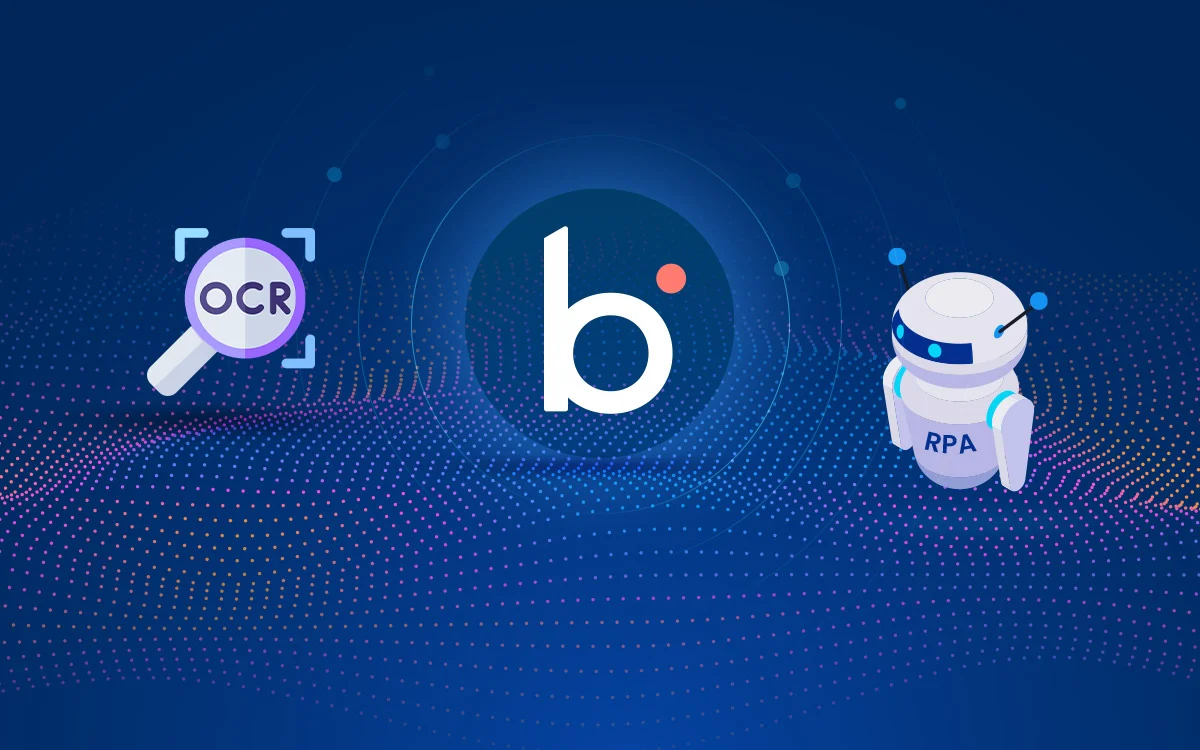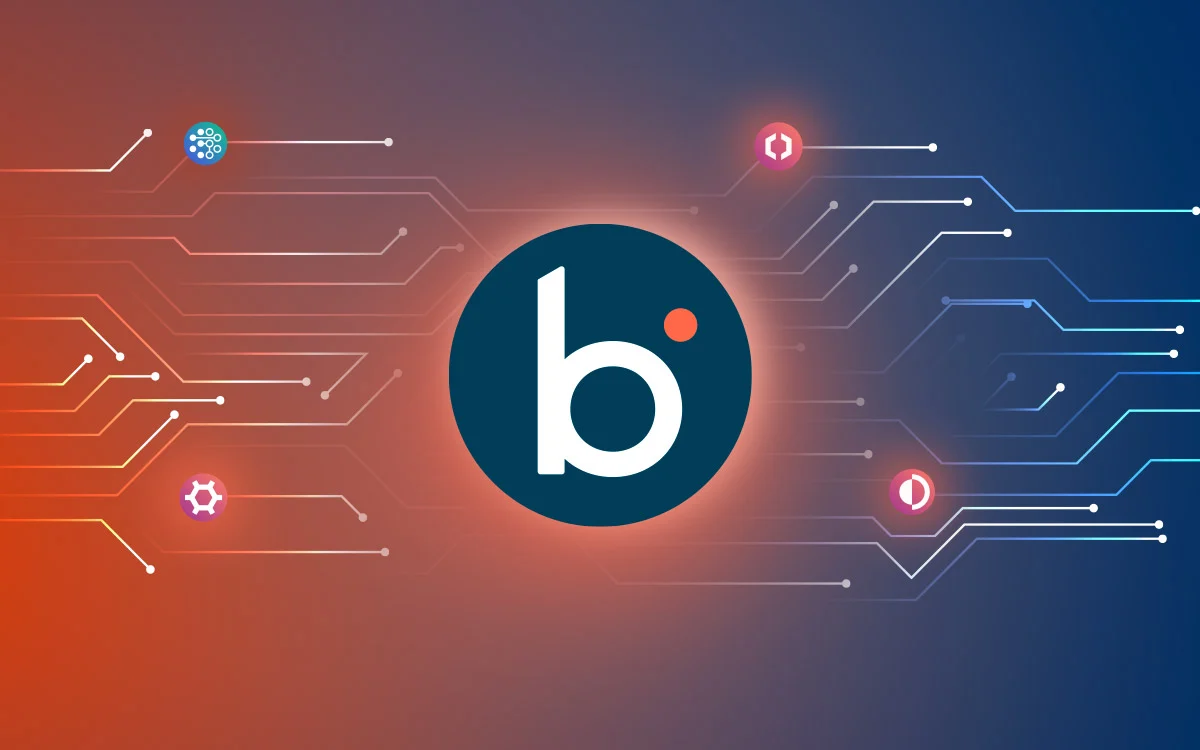Introduction
SAP is known for its robust ERP capabilities and extensive enterprise adoption to streamline operations and drive efficiency. SAP working in isolation is a bottleneck of the operational journey. It creates data silos, inefficiencies and increases the costs of operations. Moreover, SAP’s native integration capabilities are highly complex and require deep technical expertise.
Boomi is the best integration solution to address all the everyday challenges of SAP, from complex integration to data silos. Boomi SAP integration connects SAP with modern applications, third-party platforms, and legacy systems to achieve high connectivity.
This guide will help you understand the importance of SAP integration and how Boomi enhances this ERP’s capabilities via advanced integration and connectivity solutions.
Why to integrate SAP?
SAP is a cornerstone of ERP and managing critical processes for countless businesses across the globe. However, standalone SAP implementation is valuable but can lead to data silos and can hinder operational efficiency. Its true power can be unleashed by integrating with other applications. In today’s interconnected world, isolated systems only create numerous challenges and fail to scale in times of high market demand.
SAP system complexity, specific data standards, and API management challenges require integrating it with reliable solutions to unlock the full potential of your SAP investment.
Common Challenges of Standalone SAP
Even after offering power to individual modules, SAP operating in isolation can affect operational efficiency and data credibility. Here are the other everyday challenges of SAP:
- Manual Data Entry & Redundancy – Manual data entry in multiple systems along with SAP creates redundant work, consumes time and engages valuable resources in the process that can be automated.
- Workflow Bottlenecks – Systems operating in isolation often create bottlenecks and require manual intervention to complete the process. This slows things down and affects the user experience.
- Data Credibility – When data resides in isolation, it is challenging to maintain consistency and accuracy. Stakeholders have failed to find the updated versions and make informed decisions.
- Difficulty in Data Validation – When SAP is not connected to another system, it’s harder to validate the data and check its completeness. This failure in validation further leads to compliance issues, financial judgments, etc.
- Reduce Agility and Responsiveness – Fragmented data affects stakeholders’ ability to respond quickly to changing market demands. Sometimes, they might make decisions based on outdated or incomplete information, leading to poor planning.
- Increased IT Costs – Management of standalone SAP systems with other disconnected systems requires more IT resources, higher maintenance costs, and the need to introduce expensive infrastructure as the business grows. This also affects the ability to scale quickly.
What is Boomi?
Boomi is a leading integration platform and service (iPaaS) that empowers businesses to connect their applications and data seamlessly, regardless of whether they reside in the cloud or on-premises. It’s a cloud-native platform offering a comprehensive suite of tools and services to build, deploy, and manage integrations efficiently without complex coding or extensive IT infrastructure. Boomi’s intuitive, low-code/no-code interface makes integration accessible to a broader range of users, enabling faster time-to-value and reduced costs. For SAP integration specifically, Boomi provides a robust and scalable solution that addresses the inherent complexities of connecting with SAP systems.
Read More: Top 10 Reasons Boomi iPaaS is the Preferred Integration Solution for Enterprises
Core Components of Boomi SAP Integration
Boomi for SAP, offers numerous key components to simplify and accelerate the process of integration.
-
Boomi SAP Connector
Boomi offers a specific connector for SAP during integration for seamless data exchanges. The connector integrates SAP with Boomi and other applications by managing the underlying technical complexities.
-
Boomi SAP IDoc Integration
Intermediate Documents is the standard format for exchanging data with SAP. Boomi supports it and allows businesses to leverage existing SAP integration methodologies and connect with multiple SAP modules. Boomi addresses the complexity of data mapping and transformation by providing and supporting the standard way of SAP interaction.
-
Boomi Axis for SAP
Boomi Axis for SAP simplifies real-time integration with SAP. SAP integration supports high-performance data exchange and addresses complex integration scenarios. Axis for SAP provides an easier way to connect and interact with SAP APIs.
Different Patterns of Connecting SAP with Boomi
Boomi caters to diverse business needs and offers flexible integration patterns to connect with SAP. These patterns are based on the communication protocols and the integration approach. Here are some common patterns Boomi uses to communicate with SAP:
1. IDoc-Based Integration
Boomi leverages SAP’s IDoc format for asynchronous communication. By sending and receiving IDocs, Boomi can enable integration with various SAP modules. This integration approach is best suited for high-volume data exchange and loosely coupled integration.
Order processing from CRM to SAP, updating inventory levels and distributing master data from SAP to other systems are some use cases of IDoc-based integration.
2. BAPI/RFC-Based Integration
It is used for both real-time and near-real-time integration. Under BAPI/IRFC-based integration, Boomi invokes BAPIs and RFCs to interact with SAP functionalities, allowing direct access to SAP data and processes. BAPIs support transactional processing to ensure that all changes are consistently made within SAP. It can manage complex operations.
BAPI/IRFC-based integration can be used to create or update sales orders, purchase orders and other SAP objects or when you want to retrieve customer information from SAP for display in a web application.
3. OData-Based Integration
Under OData-based SAP integration, Boomi consumes OData APIs that SAP exposes to access and manipulate data. As its API-driven integration, it is gaining popularity with the rise of S/4HANA. OData APIs are relatively easy to consume for mobile and web developers. It is best for cloud-based integration as it leverages HTTP protocol standards.
It can be used to develop mobile apps and real-time dashboards that require SAP data. This pattern is also most suitable for building API-centric integration, which leverages APIs as the primary communication mechanism.
4. Database-Based Integration
Database-based integration allows direct access to the SAP database to read and write data. This integration is not suggested for direct system integration due to potential performance and security implications. It is best to extract specific data from the SAP platform.
The best use case for database integration is extracting data to create reports and analytics or loading data into a warehouse.
5. Message Queue-Based Integration
Under message queue-based integration, Boomi can publish messages to the queue, which are then consumed by SAP or vice versa for asynchronous communication. This approach provides loose coupling and enhances scalability. Message queues provide reliable message delivery if the system is temporarily unavailable. Such integrations are best for managing high-volume message traffic like sensor data or IoT data.
Message queue helps connect legacy systems with SAP and integrate with complex event processing systems.
Key Benefits of Boomi SAP Integration
Being a leading iPaaS, Boomi enhances SAP capabilities via integration by directly addressing all the everyday challenges of standalone SAP. Here are the key benefits of integrating SAP using Boomi:
-
Simplified Integration
Boomi’s capabilities, like a low-code interface and drag-and-drop tools, simplify the integration process. The easy-to-use interface eliminates the need for coding expertise and the dependency on developers to carry out even the simplest processes. You don’t need to learn about this platform in detail to integrate SAP; Boomi manages everything effortlessly.
-
Accelerates Implementation
Boomi has a wide range of pre-built capabilities, such as connectors, data management, API management, etc. that eliminate the need to build from scratch. The intuitive interface significantly accelerates the integration process and reduces the cost associated with SAP integration projects. Boomi minimises the risk of delays and disruptions during migrations by keeping legacy systems and modern cloud applications in sync as part of a phased transition.
-
Cost Effective
By providing numerous built-in capabilities, cloud-based architecture, and a massive library of connectors, Boomi reduces integration costs. Automation also reduces dependency on manual efforts and saves IT investment. Moreover, Boomi’s pay-as-you-go model allows businesses to use services based on their needs instead of investing in expensive packages.
Read More: A Comprehensive Boomi Salesforce Integration Guide
-
Data Security and Quality
Boomi offers robust data mapping and transformation tools to ensure data accuracy and consistency during integration. It also allows businesses to validate data within the iPaaS platform.
-
Agility and Scalability
Boomi’s cloud-native architecture allows businesses to scale without investing in infrastructure. It ensures that SAP can handle large data volumes and transaction loads.
SAP integration with Boomi allows it to quickly adapt to market demands, which is crucial in today’s dynamic business environment.
Real-World Use Cases of Boomi SAP Integration
Boomi’s advanced integration capabilities empower businesses to connect their SAP system with multiple applications for seamless data flow and connectivity. This connectivity ensures that the whole organisation can access real-time data and that every team is working towards the same objective. Check out some real-world cases of Boomi SAP integration:
1. Data Synchronisation Between SAP and External Systems
Boomi SAP integration facilitates data synchronisation between SAP and external systems like legacy applications, partner systems, and databases. Boomi extracts data from SAP and other systems in real-time or in batch mode and transforms it into a consistent format to load in the target system. Boomi’s data mapping and transformation ensure data consistency by converting data between different formats.
This iPaaS supports data integration patterns like data warehousing, master data management, etc.
Benefits of Boomi in Data Synchronisation between SAP and External Systems:
- Creates a single source of truth and ensures data consistency throughout the system
- Enhance collaboration by data sharing between different departments in different formats
- To ensure data quality complies with data governance and regulations
- Allows businesses to generate comprehensive reports and gain valuable insights from their data
Use Case
A UK-based online investment management company was struggling with fragmented customer data spread across multiple systems, such as SAP CRM, Salesforce Sales Cloud, and a legacy data store. The lack of a unified view of information made it difficult to offer personalised investment solutions to customers.
Our team implemented Boomi’s data management capabilities. We used Boomi MDH in four stages: data profiling to identify inconsistencies, data modelling to define the structure, and data integration via connectors. MDH streamlined customer data management, reduced duplication, and automated governance.
SAP integration using Boomi centralised customer data and helped the company achieve data accuracy, a personalised customer experience, and reduced operational efforts.
2. SAP ERP and Cloud Application Integration
Many organisations use SAP as their ERP, but other cloud applications like CRM, HCM, or e-commerce are not connected and work independently. SAP integration with Boomi bridges SAP ERP with other applications with real-time or batch data synchronisation to ensure consistency. Boomi manages data transformation, routing, and compliance with industry regulations to deliver data at the right time and to the appropriate destination.
Benefits of SAP ERP integration using Boomi:
- Eliminating manual intervention reduces errors and ensures data consistency across the organisation.
- Real-time data flow across the system enhances collaboration between different departments.
- Improve operational efficiency by automating the end-to-end business process and reducing cycle times.
- Helped to make informed decisions by keeping all the stakeholders updated with updated data.
3. Automating Business Processes with Boomi for SAP
Boomi automates regular tasks and accelerates the connection of SAP to various applications and systems. It automates the order-to-cash process, integrating SAP with CRM, order management and shipping system. For the shipping industry, it can also automate the supply chain process by connecting supplier portals to logistics. Boomi uses its orchestration capabilities to manage complex workflows like conditional logic, error handling and notifications.
Benefits of Automating the Business Processes:
- Automating repetitive tasks and reducing the dependency on employees reduce overall operational costs.
- Enables businesses to respond to the changing market conditions and customer demands quickly.
- Minimising the time of workflows by reducing the chances of error, testing, and solving.
- Based on established rules and regulations, automation of processes improves compliance.
Use Case
A global gas analysis solutions leader struggled to streamline its IT landscape by integrating Salesforce CRM and SAP ECC. The whole process was dependent on manual data synchronisation between these systems, which led to inefficiencies, delays, and sales errors.
We leveraged the Boomi integration capabilities to automate the process of customer sales and product data between SAP and Salesforce. The automation eliminated manual dependency, reduced processing costs and enhanced data accuracy across the system. Quote-to-sales order process automation ensured data alignment between sales and ERP functions.
Read More: Boomi Consulting Companies: How to Find the Best Partner for Scalable Integration in 2025?
Boomi SAP integration with Salesforce helped the gas analysis solution create error-free and scalable processes, enhancing employee productivity and customer experience.
Conclusion
If integrating SAP with the rest of the enterprise system is complex and costly, you might be using the wrong integration solution. Boomi iPaaS is the most reliable integration solution that connects your SAP with other applications to break down data silos, eliminate manual inefficiencies and ensure real-time data flow across applications.
Standalone SAP is nothing more than a roadblock in your journey of connectivity. Boomi’s scalable integration approach enables businesses to connect with systems like ERP, CRM, e-commerce and other third-party cloud applications. From synchronising data to automate business processes, Boomi empowers enterprises to maximise the potential of SAP within their operations.
FAQs
1. What is Boomi for SAP?
A – Boomi for SAP ensures seamless integration between SAP systems (ECC, S/4HANA) and other on-premise and cloud applications. It provides numerous pre-built connectors to simplify data transformation, automate business processes, and support real-time synchronisation. Using Boomi SAP integration, businesses can streamline workflows and enhance data accuracy across multiple platforms.
2. How do I connect Boomi to SAP?
A – Boomi has dedicated connectors to the SAP platform. Using the Boomi visual platform, you can configure connectors with necessary SAP connection details and define integration logic. Boomi visual integration allows you to design the data transformation and routing logic. For an effortless Boomi SAP integration, you can contact us.
3. What is the difference between Boomi and SAP CPI?
A – Both Boomi and SAP CPI are iPaaS solutions. Boomi integrates SAP with various systems and offers wider connectivity, while SAP CPI is limited and built to integrate within the SAP ecosystem. Also, Boomi is a cloud-native platform, whereas SAP CPI is tied to the cloud. Therefore, businesses choose Boomi for SAP integration.
4. How does Boomi handle SAP IDocs?
A – Boomi’s SAP connectors support IDoc-based integration. The connectors allow businesses to send, receive, and process IDocs. To ensure data accuracy across the system, Boomi maps IDoc segments and manages acknowledgements. Additionally, Boomi provides error handling for seamless IDoc synchronisation.
5. Can Boomi integrate with SAP S/4HANA Cloud?
A – Yes, Boomi connects to SAP S/4HANA Cloud. To connect, it uses OData APIs and other SAP-supported interfaces for smooth data exchange between S/4 HANA and multiple applications.








